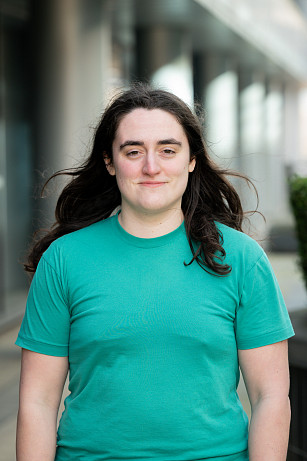
Roughly one in three people in Leeds are aged 50 or above, and the proportion of residents aged 80 and above is predicted to increase by 50% in the next 20 years (Centre for Ageing Better, 2021).
Faced with an ageing population, Leeds City Council put on a ‘Hack for Good’ hackathon in September, to answer the following question:
“How can data and technology be used to positively impact the independence and quality of life of the people of Leeds as they grow older?”
The aim of this event was to bring together people with a range of skills, from developers to carers to members of the public accessing services, and design innovative solutions. The focus was to use technology and data to address themes in their soon-to-be-published Digital Strategy, such as targeting services, supporting independent living, and preventative interventions.
Methods Analytics’ contribution to our team comprised a few data scientists, a delivery manager, and a technical architect. One of our goals for the session was to talk with people who either worked for Leeds Council, or were recipients of its care. Luckily, we found two excellent participants, both of whom work for Leeds City Council, in different points of the care process for the elderly and vulnerable population. This allowed us to gain valuable perspective, and really drill down to discover the pain points they face. These are very similar despite them working very different jobs, serving different populations.
The key themes that emerged were an overreliance on pen and paper data for patient reports, and a lack of automated communication between the different organisations providing care for the elderly and vulnerable. This results in a lot of time spent on administrative duties, and a responsibility on staff for a personal network of points of contact in different services, rather than an integrated hub of information. It also puts a burden on the people receiving care – they have to repeat personal details frequently, which can be frustrating and emotionally distressing, especially if it pertains to bereavement.
Our solution to this was an integrated datastore, with an app for care providers to enter patient notes, and for care recipients to enter or update information, and to also receive updates relevant to their care. This would solve a number of problems:
On top of this, our solution also included integrated data science to enhance the platform. We came up with two ideas on the day – one was a risk score, firstly to assist with needs-based service allocation, and secondly to allow benchmarking. Have these interventions actually produced tangible results? An important part of any ongoing project is to measure success, allowing fine-tuning and adjustment as necessary. The second idea was to provide Natural Language Processing (NLP) analysis on free text data such as a discharge summary, physiotherapist notes, and so on. This would reduce the burden of reading through a large volume of text for care workers, and provide an at-a-glance summary of pertinent information.
Providing quality care to an aging population is a multi-faceted issue, requiring cross-disciplinary solutions from all sorts of perspectives. Given our background in data analysis and data warehousing it’s unsurprising our solution involved an integrated database!
Ultimately, this was a valuable experience – seeing a “boots on the ground” view of the challenges faced by care providers in Leeds was eye-opening and informative. Getting the opportunity to see the creative solutions from the other teams was also fascinating, and really highlighted the importance of getting a diverse group of people together to solve a problem.

Lilith Barca, Data Scientist


